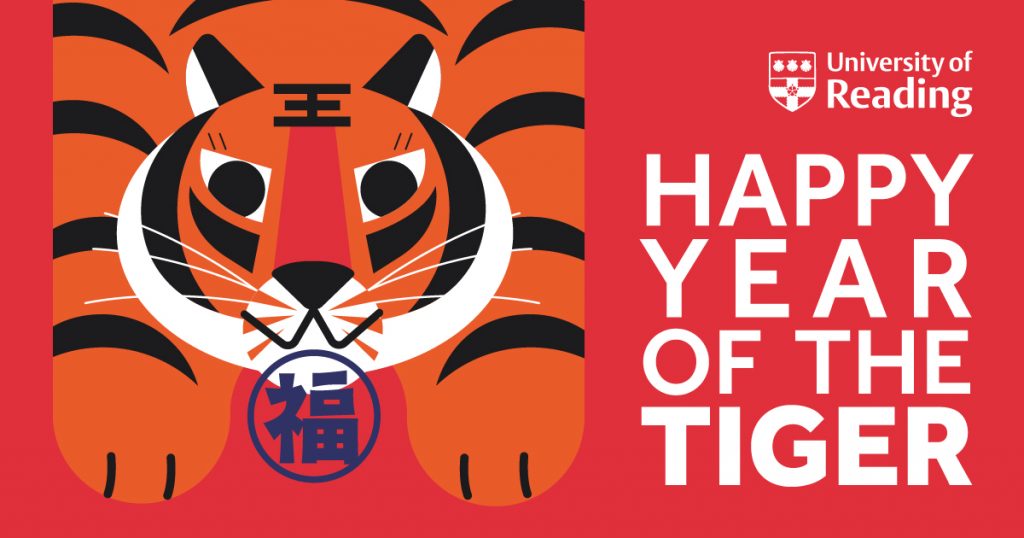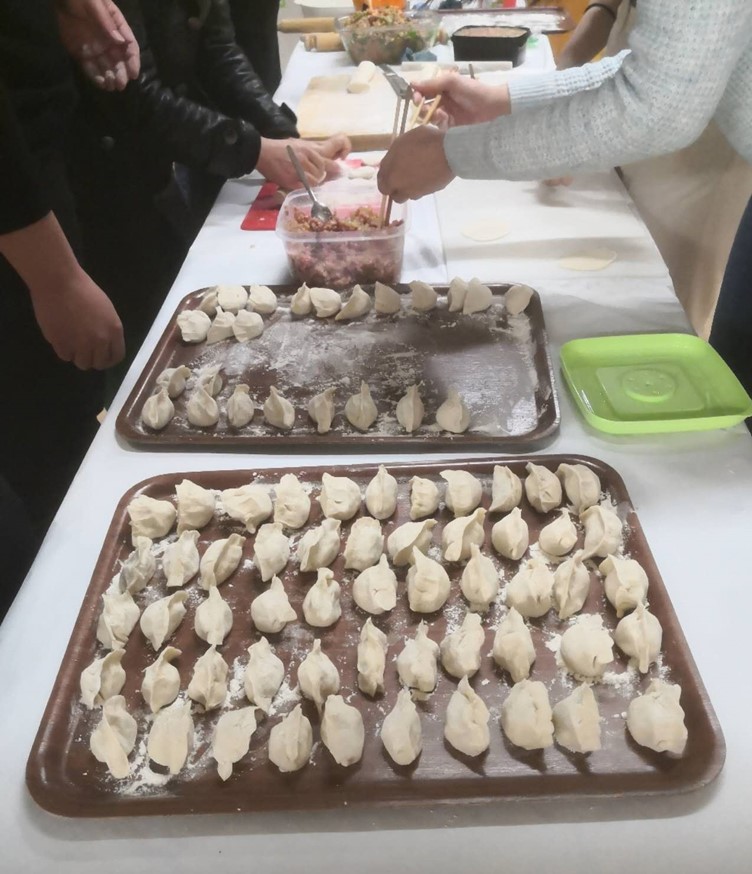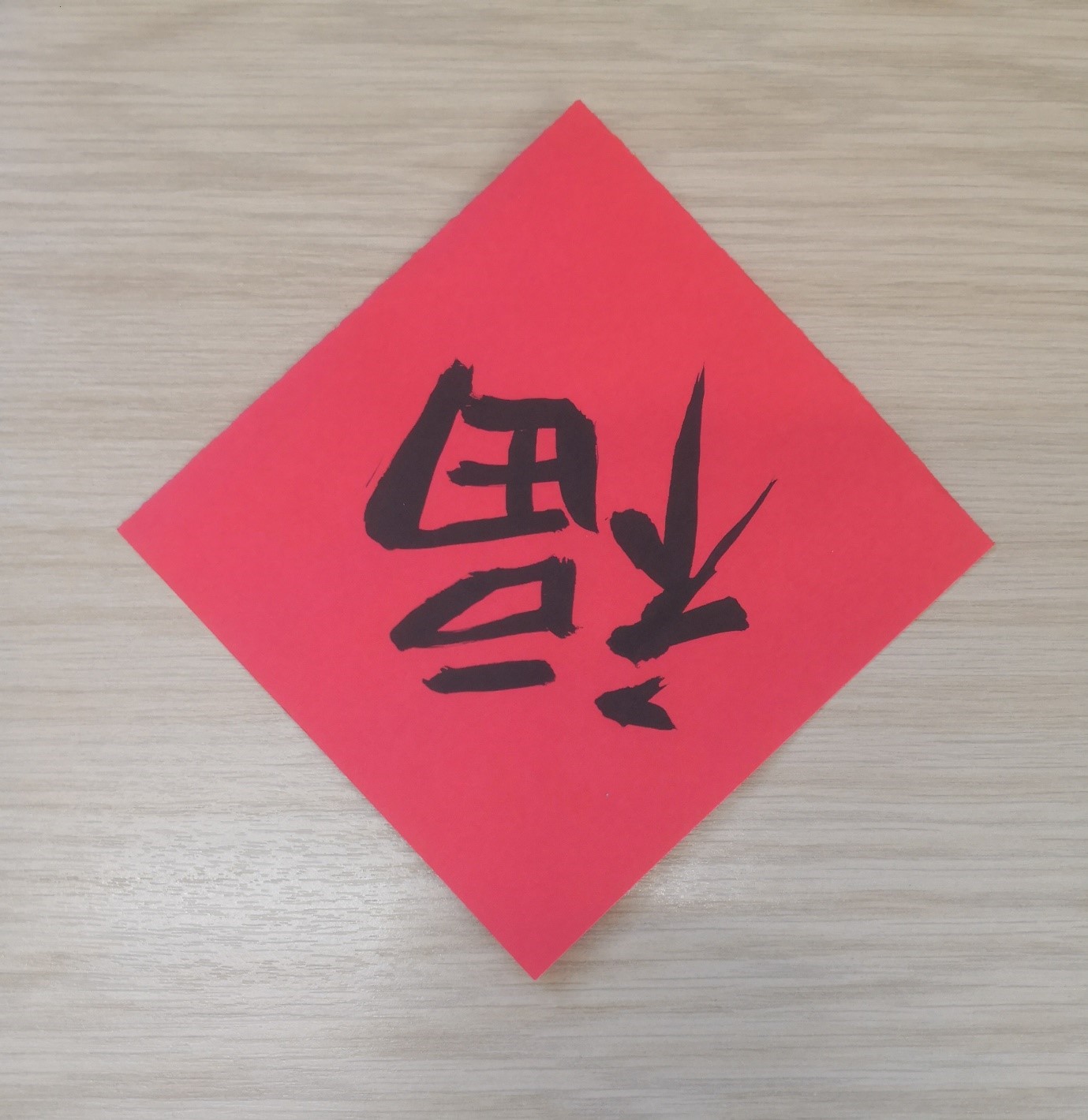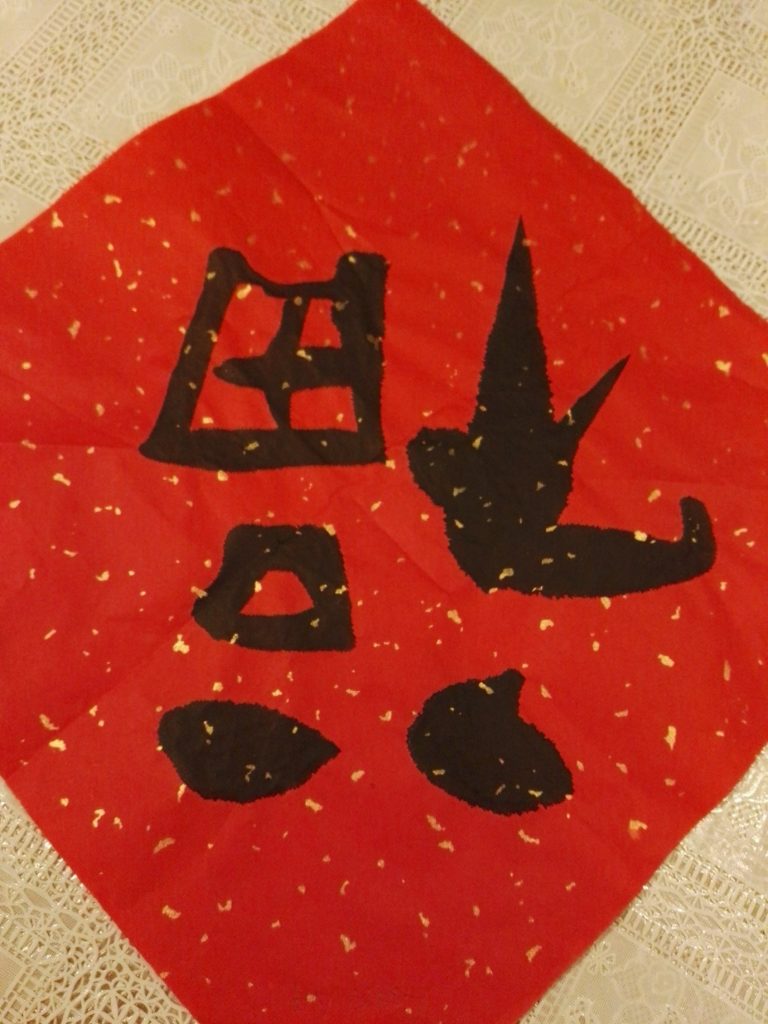
(This post includes Chinese traditional characters and phrases with Cantonese 粵拼 jyutping and Mandarin 拼音 pinyin pronunciations respectively)
Lunar New Year / 農曆新年 (nung lik san nin / nóng lì xīn nián) is on Tuesday 01 February this year. This is the Year of the Tiger.
When is Lunar New Year?
Lunar New Year falls on a different date each year as it follows a traditional lunisolar calendar whose dates indicate both the phase of the moon and the time of the solar year. This coming Lunar New Year is on Tuesday 01 February 2022.
Why is it the Year of the Tiger?
Each year is represented by one of the 12 Zodiac animals. The zodiac system was originally connected with worship of animals and has existed in Chinese culture since the Qin dynasty which was around 2000 years ago! As such, the zodiac signs play an integral part in Chinese culture. Each animal has different characteristics and meanings which is often used to determine a person’s fortune and luck for the coming year and even their compatibility with other Zodiacs. For instance, those born in the Year of the Ox are said to often be decisive, honest, dependable, and hardworking.
The order the animals come in are:
rat (鼠 – syu / shǔ )
ox (牛 – ngau / niú)
tiger (虎 – fu / hǔ)
rabbit (兔 – tou / tù)
dragon (龍 – lung / lóng)
snake (蛇 – se / shé)
horse (馬 – maa / mǎ)
goat (羊 – yeung / yáng)
monkey (猴 – hau / hóu)
rooster (雞 – gai / jī)
dog (狗 – gau / gǒu)
pig (猪 – zyu / zhū)

You can find out more about the Chinese Zodiac on this TED talk: The Chinese Zodiac, Explained – ShaoLan and on this Ted’Ed video: The Myth Behind the Chinese Zodiac – Megan Campisi and Pen-Pen Chen
Celebrations and Decorations
Lunar New Year is celebrated by more than 20% of the world! Many parts of Asia, including China, Hong Kong SAR, Singapore, South Korea, and Vietnam celebrate Lunar New Year as a national holiday. Usually, celebrations begin on Lunar New Year Eve and can last around 15 days.
Before celebrations begin, it is tradition for people to clean their houses thoroughly, almost like having a big ‘spring clean’. Decorations are then displayed once the house is clean.
Decorations for Lunar New Year are predominantly red – the colour represents happiness and good fortune. People often decorate by hanging up art and calligraphy illustrating certain words and phrases. The most common is 福 (fuk / fú) – meaning happiness and good fortune. It can be written with calligraphy onto a square piece of red paper like in the image below. 福 (fuk / fú) is commonly put up on doors, windows and walls around homes, offices, schools, and stores.

If you have studied or worked at the University of Reading for a little while, you may remember seeing or even picking up one of the 福 (fuk / fú) badges that were created in celebration of the Year of the Pig in 2019.
Paper Cutting Arts (窗花 – coeng faa / chuāng huā)
The Chinese character 福 is often incorporated into other decorations such as paper cutting arts. This is a folk craft that is usually seen on windows with the literal translation meaning ‘window flower’. The images on these decorations often include fish (a pun for blessings), grains (representing hope for a good harvest) as well as dragons and peaches (symbols from folktales and legends). The zodiac for the year is often the image on these decorations too.
Lanterns (灯笼 – dang lung / dēng lóng)
There are often different activities for each day of the Lunar New Year holidays, often including the lantern festival. Some places still release lanterns for the festival, but for environmental reasons, many people choose to simply display their lanterns at home. There are many different styles of lanterns that are displayed ranging from red spheres to dragons!
Red Packets
Red packets (red envelope / Lai See 利是/ Hong Bao 紅包 / Ang Pao) There are many names for these little red gifts! But all of these contain money. It is tradition for many in the ESEA (East and Southeast Asian) community and diaspora to exchange these as a symbol of good luck. It is tradition for elders to give them to children in hope of passing on good fortune and blessings for the year to come. Younger generations also commonly give their elders red packets as a sign of gratitude and as a blessing of longevity.
Online Activities and Events
Lunar New Year is a time for family, and this is seen as the most important part of the holiday.
With the ongoing pandemic and various restrictions on travel, many continue not be able to see family and loved ones in-person. Nevertheless, where possible, some celebrations continue to take place in-person and some online!
See below for some of the online events we have come across!
- Celebrating Chinese/Lunar New Year 2022 at SACLL
Friday 28 Jan 2022, 12:30-1:30pm
Online
You’ll be able to:
watch how UoR alumni celebrate the biggest festival in various places of China
play games
show talents
have fun
and hopefully win some dumplings
Sign up here to join us at SACLL to celebrate Chinese/Lunar New Year and the arrival of spring or contact SACLL Director Carrie Zhang:c.x.zhang@reading.ac.uk
Download the Celebrating Chinese/Lunar New Year 2022 at SACLL flyer here.

- The Lunar New Year Early Years Learning Resource
Free resource accessible online here
(https://www.besean.co.uk/resources-posts/the-lunar-new-year-early-years-learning-resource)
In collaboration with Early Years and Primary education experts with a combined experience of over 25 years, besea.n have created a learning resource that takes the work out of lesson planning.
There are two packs available to download. One contains all the information and activities, the second is an image resource to support learning.
The packs are free to download, however, we encourage a donation towards our non-profit organisation in order to continue our work advocating for East and South East Asian communities, including the creation of educational resources.
Wednesday 26 Jan 2022 at 10:00 | Eventbrite
Part 2 – Chinese New Year Virtual Celebration (10:38-11:00)
Chinese New Year Cooking Show
Performance 1: Chorus (tbc)
Performance 2: Traditional Chinese dance (tbc)
Performance 3: Music ensemble “You Are the Miracle”
Friday 29th January 2022 – Daytime
Join in online with the National Maritime Museum in Greenwich for a fantastic new year celebration
Saturday 5th February from 5:00pm – 7:00pm
Chinese New Year celebrations, online again from Birmingham Chinatown! Celebrate Chinese New Year in the comforts of your own home yet again with an online celebration on












 “Making dumplings during the new year eve is a family activity we all love” – Yang Zhong
“Making dumplings during the new year eve is a family activity we all love” – Yang Zhong

















